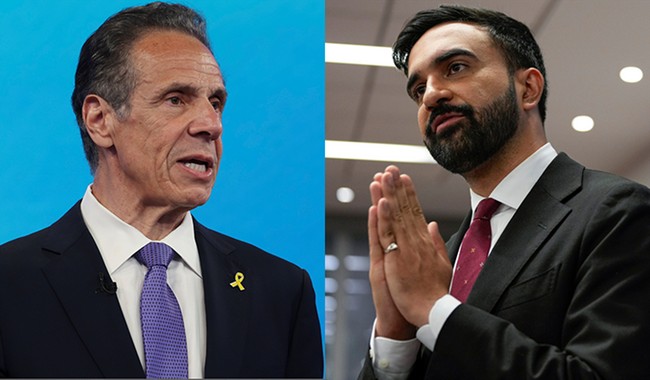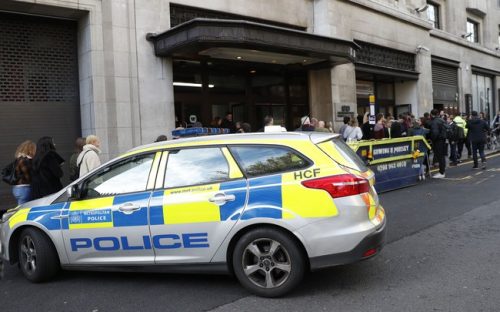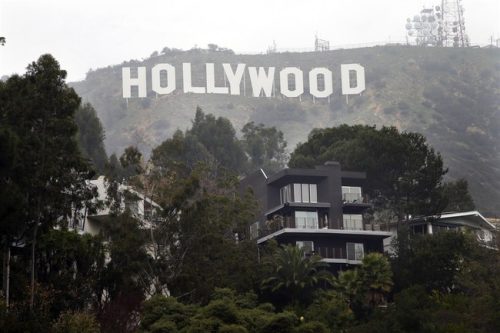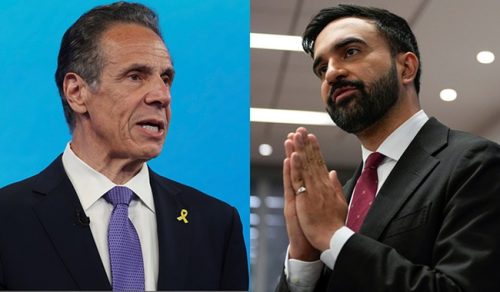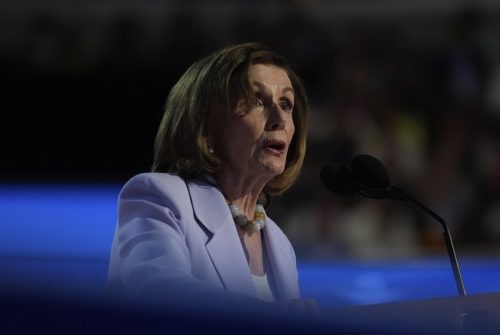New polling from Atlas Intel shifts the conversation in the New York City mayoral race, showing Andrew Cuomo closing the gap on Zohran Mamdani and even overtaking him in a two-way matchup if Republican Curtis Sliwa exits the contest. The survey gives a clear snapshot of the dynamics: Mamdani leads in a three-way test, but demographic and turnout discrepancies mean the raw numbers may not tell the whole story. This article breaks down the numbers, the likely sources of error, and what Republicans should learn as Election Day approaches.
The Atlas Intel poll released Monday puts Zohran Mamdani at 43.9 percent, Andrew Cuomo at 39.4 percent, and Curtis Sliwa at 15.5 percent, with roughly one percent undecided. Those figures make this a competitive three-way race, but the margin between the two Democrats is narrow enough that small shifts could decide the outcome. For conservatives watching the race, the key takeaway is that a split opposition can tilt results in unexpected ways.
In the scenario where Sliwa drops out, the survey reports Cuomo leading Mamdani 49.7 percent to 44.1 percent, a swing that suggests Sliwa’s voters could favor a more established Democrat over a progressive insurgent. The poll sampled 2,400 potential voters across two days, Friday and Sunday, and cites a margin of error around two percentage points. That sample size is headline-worthy, but methodology and turnout models matter as much as raw numbers.
A deeper look shows the poll skews the electorate compared with early voting data, which is the variable that will actually determine the result. Early voters are reported to be 73 percent Democratic, 11 percent Republican, and 15 percent independent, yet the survey models the electorate as only 59 percent Democratic, 19 percent Republican, and roughly 22 percent independent. When poll weighting drifts away from the real early-vote composition, the projection can overstate the competitiveness of non-Democrats.
That divergence matters because Democrats tend to consolidate behind their nominee in runoff-style matchups, and if early voters are overwhelmingly Democratic, a late movement toward a former governor could be decisive. Cuomo has name recognition and a record that voters remember, which can help him absorb support from a third candidate who bows out. For Republicans who hoped a three-way split would produce an upset, the math looks less friendly once you factor in early-vote party ID.
📊FINAL ATLAS POLL
2025 NYC Mayoral Election
Mamdani (D) leads with 43.9% of the vote (+3.3 since Oct. 30), while Cuomo (I) trails close behind at 39.4% (+5.4 since Oct. 30). With Sliwa (R) dropping 8.6pp, the gap between Mamdani and Cuomo decreased to 4.5pp. pic.twitter.com/cP1FZqpoAH
— AtlasIntel (@atlas_intel) November 3, 2025
Voters in New York list inflation and cost of living first, then housing affordability, then crime as their top concerns, and that rank order shapes which message will carry. Both Cuomo and Mamdani emphasize affordability, making the general argument about budgets and housing policy the terrain of the contest. Sliwa continues to stake his claim on crime, which can be potent in local races, but it may not be enough to overcome structural party advantages in early turnout.
From a Republican perspective, the takeaway is clear: focusing on crime alone is a limited path to victory in this environment, especially when Democrats dominate early voting. Party strategists should broaden the pitch to include targeted economic proposals that speak to inflation, rents, and day-to-day costs. Running on a rigorous economic plan that connects to voters worried about bills and housing could expand the map beyond the traditional tax-cut message.
Campaigns will also need to watch the transfer patterns closely if Sliwa performs weakly or exits the race, because his supporters will decide whether Cuomo or Mamdani takes the lead. If a majority of Sliwa voters prefer Cuomo over Mamdani, that helps a candidate who is already a known quantity and who can position himself as an alternative to an ideologically leftward option. That dynamic makes Sliwa a potential spoiler whose presence could shape the final margin rather than flip the race outright.
Sliwa’s candidacy complicates the picture, but it also creates an opening for Republicans to argue for pragmatic change on the issues that matter most to voters. Shifts in turnout, especially among independents and moderates, will be decisive in a close contest where small margins matter. Republicans need to calibrate a message that can both attract disaffected Democrats and shore up their base on shared economic concerns.
Polling will keep evolving in the days leading to the election, and readouts like this Atlas Intel survey should be treated as a snapshot, not a final verdict. The discrepancies between modeled voter composition and actual early voting illustrate why campaigns must invest in turnout operations as much as in persuasion. For conservative watchers, the best play is to press a clear economic platform that addresses the three top voter concerns while keeping public safety in the debate.
Editor’s Note: The Schumer Shutdown is here. Rather than put the American people first, Chuck Schumer and the radical Democrats forced a government shutdown for healthcare for illegals. They own this.

